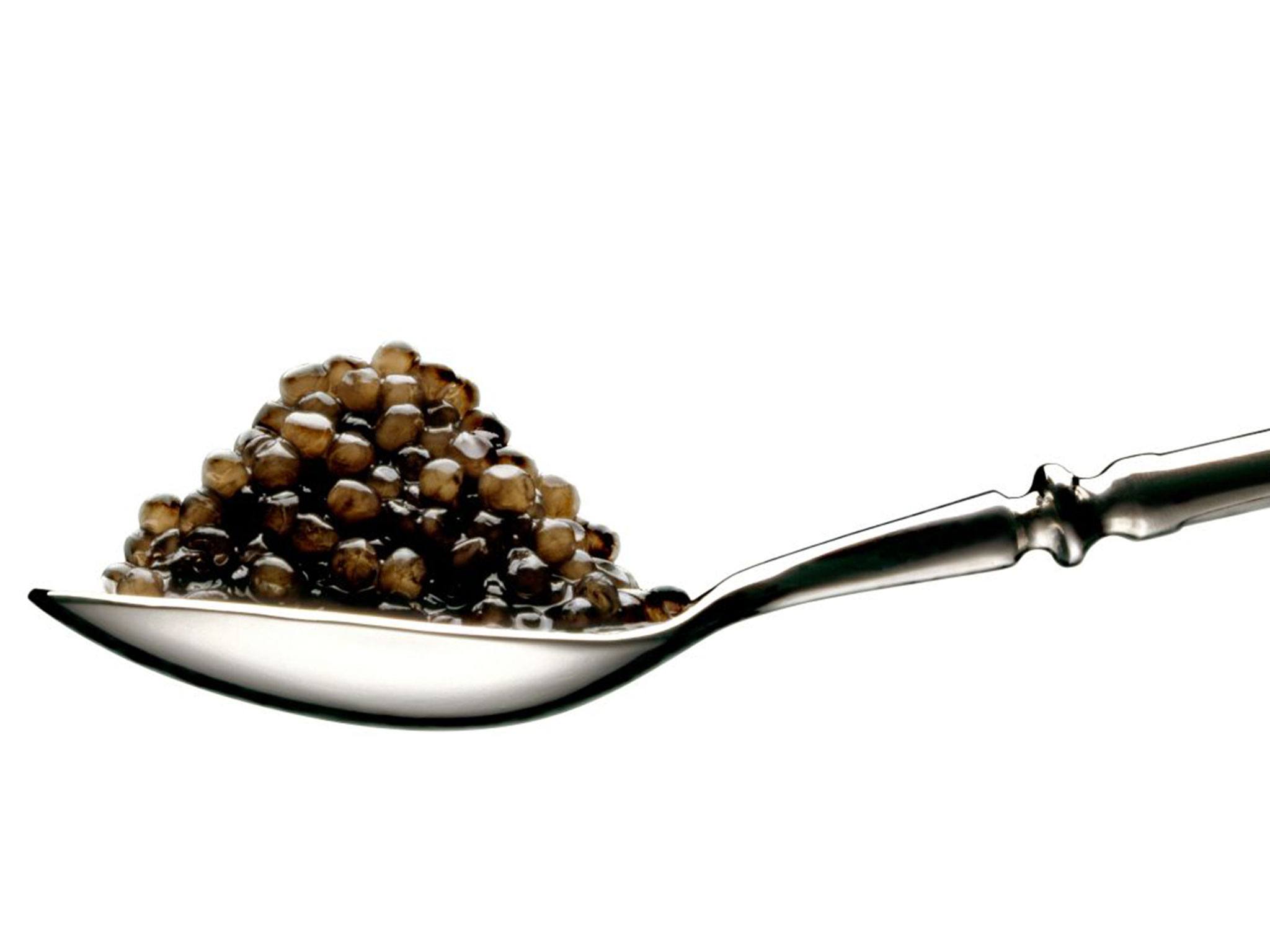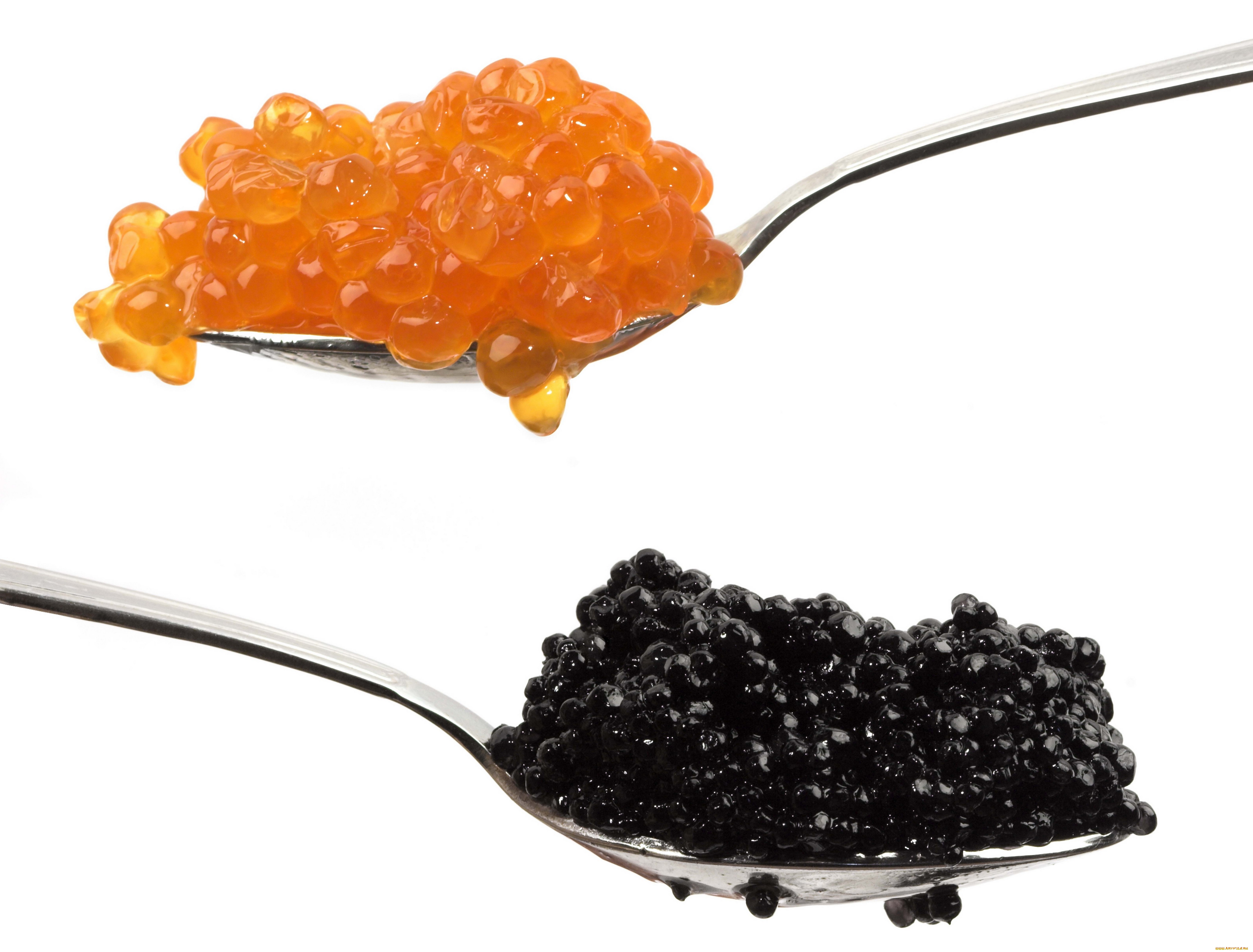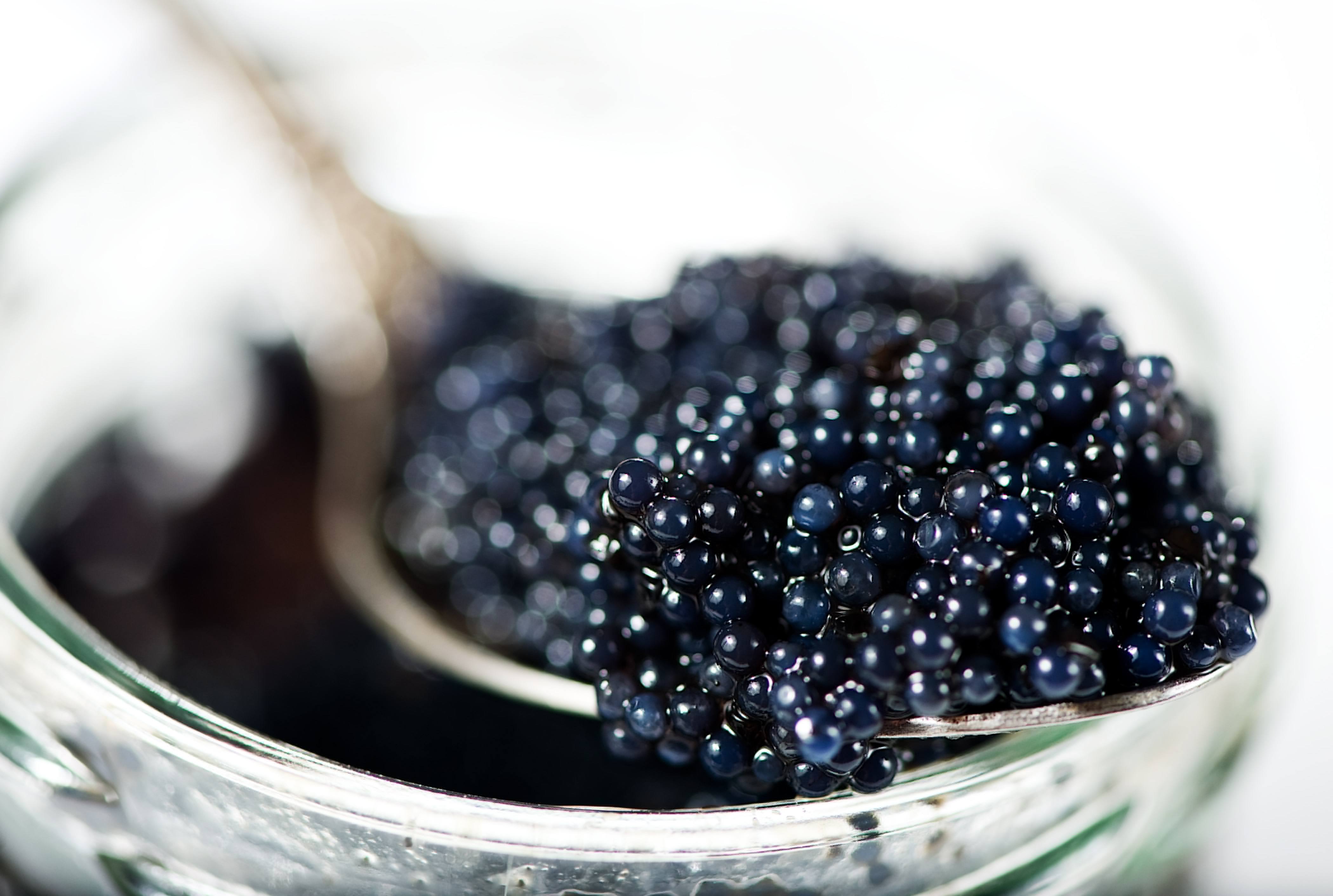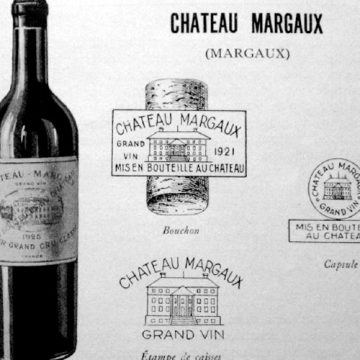Caviar, the renowned black gold might have changed a lot over the decades but people’s love for it has definitely endured. Once tightly controlled by USSR, caviar’s trade was extremely lucrative but only restricted to Black Sea and the Caspian, but after the dissolution of USSR, everything changed and now everybody wants a piece of that delicious black pie.

Technically speaking, Caviar is salted roe of sturgeon which is a scaleless, prehistoric fish found in most parts of the Northern Hemisphere, from China to North America. While buying caviar you might find cured eggs that are occasionally referred to as ‘Caviar’ but if you actually look closely at their labelling you would know from what kind of fish the eggs came from. Depending on the species of sturgeon, treatment of the eggs and area of harvest, the caviar can vary greatly in flavour, texture and appearance.

Now these sturgeons are very interesting creatures. They have lived through the prehistoric times and are almost 200 million years old species and that will keep on. But here is where the problem lies – their average life expectancy is 100 years and it takes up to 20 years for them to mature and harvest eggs. Catching sturgeons naturally has decreased to a whopping 97%, and they have been declared as one of the endangered creatures by International Union for Conservation of Nature and the situation still looks pretty thin. Does that mean we would have to bid farewell to our beloved caviar? Apparently no. Not if an amazing group of environmentalists, scientists and entrepreneurs have their way. The caviar industry is now taking steps to help preserve the population of these majestic fishes and adopt different methods to harvest caviar. Instead of killing or giving sturgeons a caesarean, the caviar industry is now taking up steps like massaging sturgeons’ stomach to strip them off their eggs. Might sound easier but it’s actually not. It takes a lot of time to pioneer this process, but once that is done farm caviar is actually more profitable.

While harvesting wild caviar can take 7 to 10 years, farm caviar takes only 3 to 5 years. The caviar harvested through farm methods is almost impossible to distinguish from those made through ethically dubious wild methods. And let’s not forget that you will probably enjoy it more given the clear conscience.



 Ithaca-Greece’s best kept secret
Ithaca-Greece’s best kept secret  Supercar or Hypercar?
Supercar or Hypercar? 

